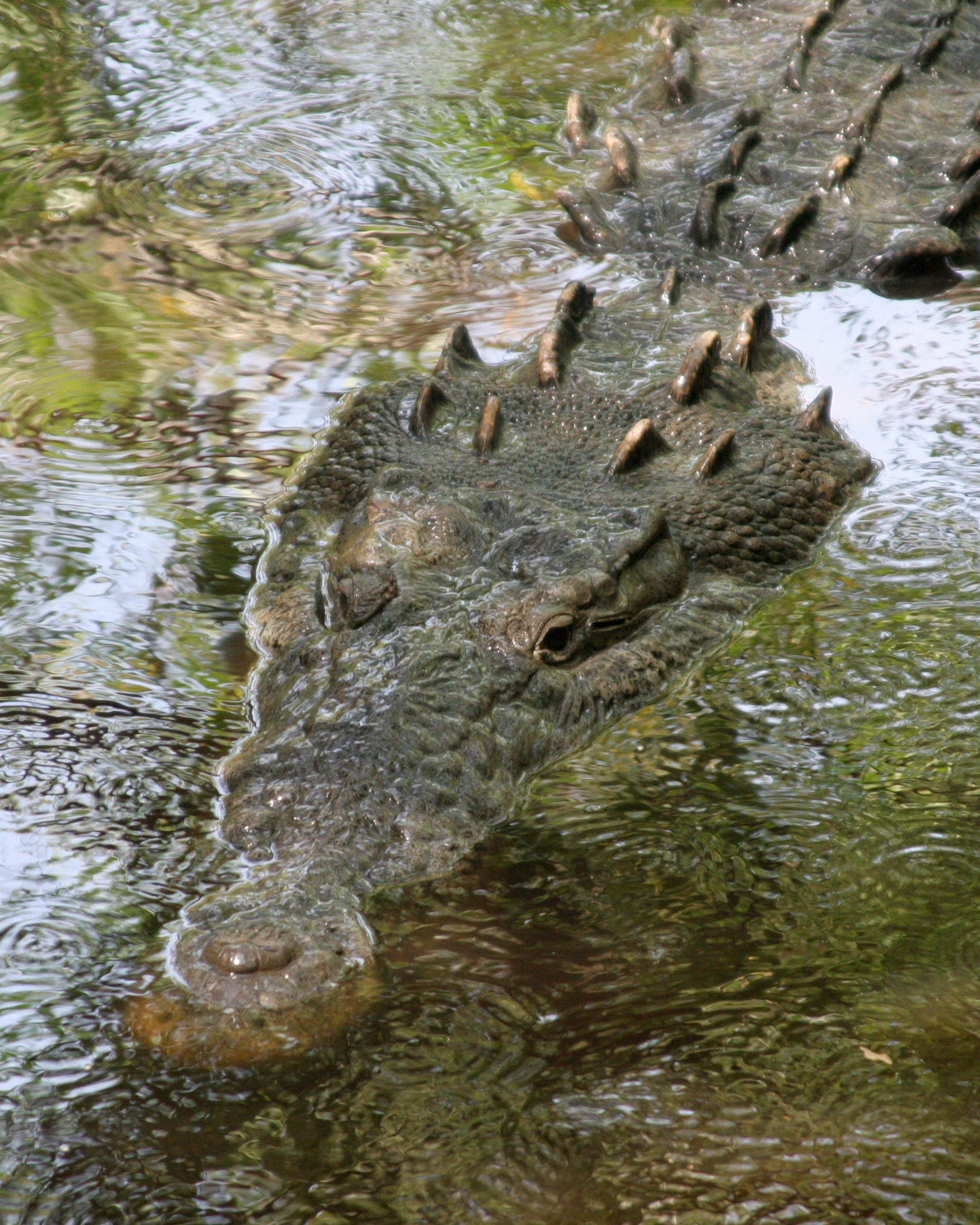|
Crocodylines
Crocodylinae is a subfamily of true crocodiles within the family Crocodylidae, and is the sister taxon to Osteolaeminae ( dwarf crocodiles and slender-snouted crocodiles). Taxonomy Crocodylinae was cladistically defined by Christopher Brochu in 1999 as ''Crocodylus niloticus'' (the Nile crocodile) and all crocodylians more closely related to it than to ''Osteolaemus tetraspis'' (the Dwarf crocodile). This is a stem-based definition, and is the sister taxon to Osteolaeminae. Crocodylinae contains the extant genus ''Crocodylus''. It is disputed as to whether is also includes '' Mecistops'' (slender-snouted crocodiles), or the extinct genus Voay. Phylogeny Some morphological studies have recovered '' Mecistops'' as a basal member of Crocodylinae, more closely related to ''Crocodylus'' than to '' Osteolaemus'' and the other members of Osteolaeminae, as shown in the cladogram below. The below cladogram is based on a 2021 study using paleogenomics that extracted DNA fro ... [...More Info...] [...Related Items...] OR: [Wikipedia] [Google] [Baidu] |
Nile Crocodile
The Nile crocodile (''Crocodylus niloticus'') is a large crocodilian native to freshwater habitats in Africa, where it is present in 26 countries. It is widely distributed throughout sub-Saharan Africa, occurring mostly in the central, eastern, and southern regions of the continent, and lives in different types of aquatic environments such as lakes, rivers, swamps, and marshlands. In West Africa, it occurs along with two other crocodilians. Although capable of living in saline environments, this species is rarely found in saltwater, but occasionally inhabits deltas and brackish lakes. The range of this species once stretched northward throughout the Nile, as far north as the Nile Delta. On average, the adult male Nile crocodile is between in length and weighs including stomach stones. However, specimens exceeding in length and weighing up to have been recorded. It is the largest freshwater predator in Africa, and may be considered the second-largest extant reptile in the w ... [...More Info...] [...Related Items...] OR: [Wikipedia] [Google] [Baidu] |
Crocodylidae
Crocodiles (family Crocodylidae) or true crocodiles are large semiaquatic reptiles that live throughout the tropics in Africa, Asia, the Americas and Australia. The term crocodile is sometimes used even more loosely to include all extant members of the order Crocodilia, which includes the alligators and caimans (family Alligatoridae), the gharial and false gharial (family Gavialidae) among other extinct taxa. Although they appear similar, crocodiles, alligators and the gharial belong to separate biological families. The gharial, with its narrow snout, is easier to distinguish, while morphological differences are more difficult to spot in crocodiles and alligators. The most obvious external differences are visible in the head, with crocodiles having narrower and longer heads, with a more V-shaped than a U-shaped snout compared to alligators and caimans. Another obvious trait is that the upper and lower jaws of the crocodiles are the same width, and the teeth in the lower ... [...More Info...] [...Related Items...] OR: [Wikipedia] [Google] [Baidu] |
"Crocodylus" Gariepensis
''"Crocodylus" gariepensis'' is an extinct species of crocodile that lived in southern Africa during the Early Miocene about 17.5 million years ago (Ma). Fossils have been found along a bank of the Orange River in Namibia, near its border with South Africa. Classification and Phylogeny When the species was named in 2003, it was hypothesized to be ancestral to the living Nile crocodile, ''Crocodylus niloticus''. During this time the fossil record of ''C. niloticus'' was thought to extend back into the Late Miocene, meaning that ''"C." gariepensis'' could have been a direct precursor to the species. More recent studies propose that ''C. niloticus'' first appeared much more recently, making ''"C." gariepensis'' an unlikely ancestor of the Nile crocodile. Moreover, the most recent phylogenetic studies of crocodiles place ''"C." gariepensis'' in an evolutionary position outside other living species of ''Crocodylus'', far from the position of ''C. niloticus''. Indeed, the species appea ... [...More Info...] [...Related Items...] OR: [Wikipedia] [Google] [Baidu] |


